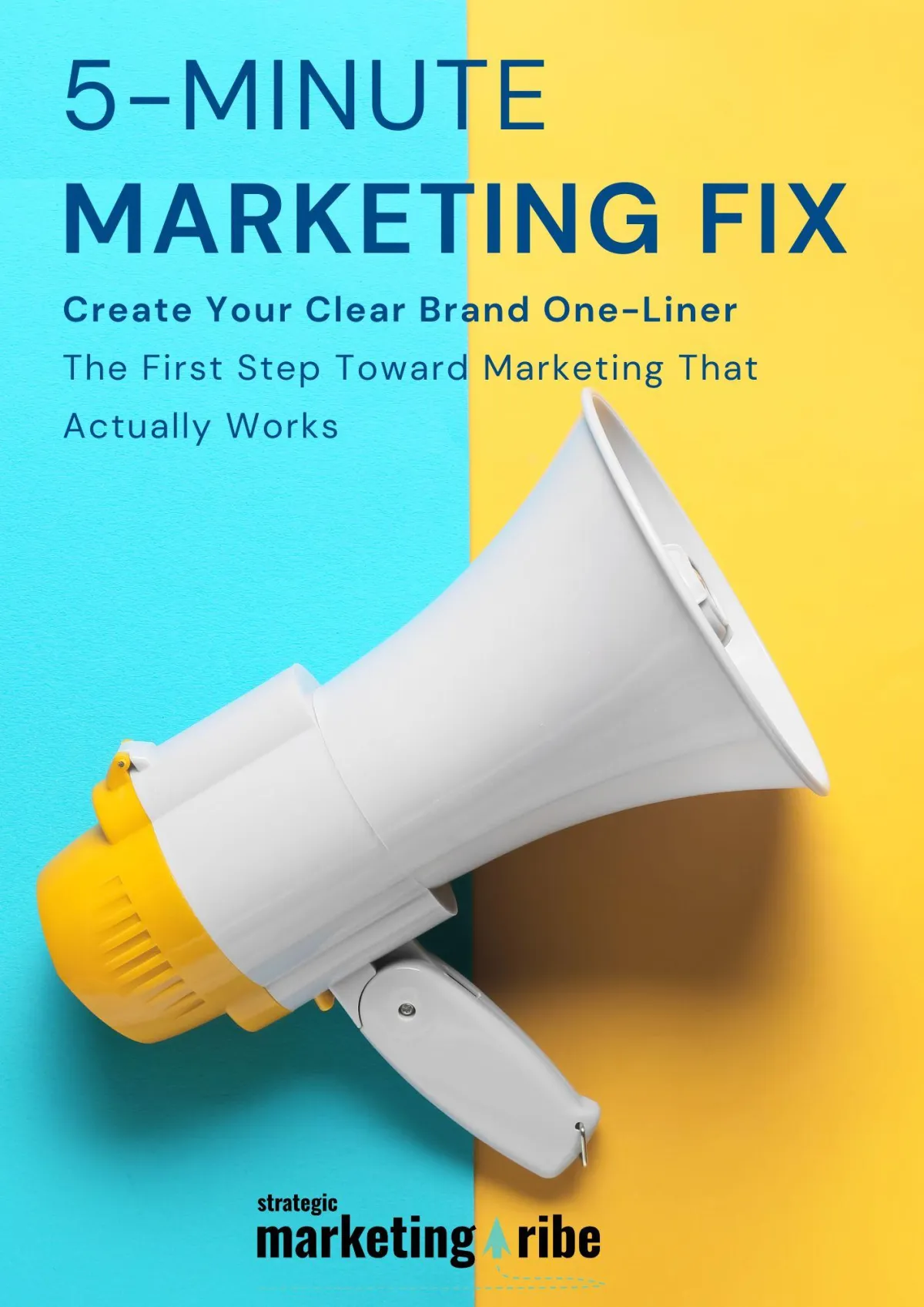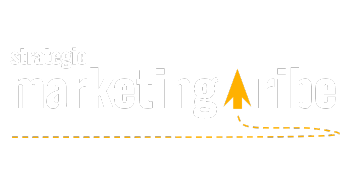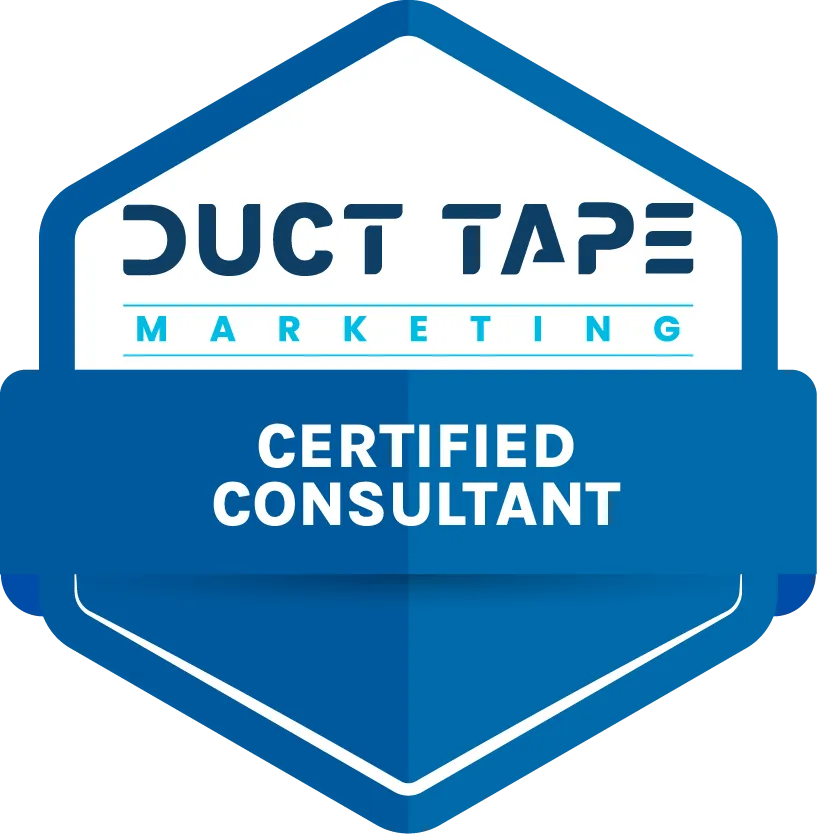NEWS, MEET STRATEGY
Real news, real insights – for small businesses who want to understand what’s happening and why it matters.

Risks and Artificial Intelligence: What Small Businesses Must Know
By Vicky Sidler | Published 17 October 2025 at 12:00 GMT+2
Imagine applying for a loan with no payslip, no credit score, and nothing but your phone data to back you up. In Thailand and Indonesia, that's exactly what some fintech firms are doing—with surprising success. Using artificial intelligence to assess loan applicants who’ve been left out by traditional banks, they’ve opened new doors for millions of people.
According to Deloitte’s report Navigating the Future: Building Trust in AI for Responsible Governance, this is the upside of AI. But, as with any shiny tool, there’s also a sharp edge.
Before your business starts chasing the AI glow, it’s worth knowing where the landmines are buried.
TL;DR:
AI tools can create big gains, but also big problems
Bad AI decisions can lead to lawsuits and lost trust
Governance frameworks help keep AI honest
Businesses should balance innovation with clear rules
A trustworthy AI setup starts with design, process, and training
👉 Need help getting your message right? Download the 5-Minute Marketing Fix
Table of Contents:
Risks and Artificial Intelligence: What Small Businesses Must Know
The Real Risks Behind the Buzz:
5. Regulatory and Legal Exposure:
Why Small Businesses Need AI Governance Too:
The Three-Ingredient Recipe for Responsible AI:
Seven Trust-Building Principles:
1. AI Actually Sucks At Your Job—Just Ask LinkedIn
2. AI Will Make the Rich Richer—But It Might Also Backfire
3. Email Marketing Still Works Better Than You Think
4. AI vs Human Creativity in Problem Solving: What Works Best?
Frequently Asked Questions About AI Risks and Governance
1. What are the biggest risks of using AI in small businesses?
2. Is AI governance only for big companies?
3. What does a good AI governance framework include?
4. How can I reduce the bias in my AI tools?
5. Do I need to train my team on AI ethics?
6. Can using AI damage my brand?
7. What’s one simple step I can take to start managing AI risk?
The Real Risks Behind the Buzz:
AI feels invisible when it works, but when it fails, it’s loud and messy. Here are the most common dangers Deloitte highlights for businesses:
1. Bias:
If your data is skewed, your AI will be too. Think of a hiring tool that “learns” from past hires and ends up excluding whole groups. In finance, that can mean unfair lending. In marketing, it can mean offensive targeting.
2. Privacy Violations:
AI thrives on data. Without strict controls, you might use customer information in ways they never agreed to. Even small mistakes can lead to lawsuits or regulatory penalties.
3. Wrong Decisions at Scale:
A human mistake affects one customer. A bad model affects thousands at once. Misclassifying loan applicants or mis‑targeting ads could tank your reputation overnight.
4. Security Threats:
AI can generate realistic fake content, deepfakes, or even leak sensitive data through prompts. It can also become a target itself if hackers manipulate your models.
5. Regulatory and Legal Exposure:
AI laws are evolving fast. If you’re not aligned with them, you risk non‑compliance. Small businesses are often hit hardest because they lack legal buffers.
6. Erosion of Trust:
Every misstep chips away at your credibility. Even if you fix the model later, customers remember the mistake, not the update.
As a StoryBrand Certified Guide and Duct Tape Marketing strategist, I see this in plain marketing terms: your brand is a trust bank account. Each AI misfire is a withdrawal. Withdraw too much and you go bankrupt.
Why Small Businesses Need AI Governance Too:
AI governance is not just a corporate buzzword. Think of it as a rulebook for your brainy digital assistant. It’s a set of policies and checks that make sure your AI tools behave properly.
Without this structure, you’re one flawed dataset away from bias, privacy breaches, or completely incorrect recommendations—and you might not even know it’s happening.
Governance isn’t about slowing you down. It’s about making sure your AI helps your brand, not harms it.
The Three-Ingredient Recipe for Responsible AI:
Deloitte recommends starting your AI journey with three focus areas:
1. Design:
Start with intent. What’s the AI doing, and why? Consult a diverse team when planning to avoid blind spots. Be clear on where things could go wrong.
2. Process:
Build, test, repeat. Use good data. Validate your models. Check for weird results. Document everything.
3. Training:
People matter. Educate your team on ethical use and what AI shouldn’t do. You can’t outsource responsibility to software.
This trio gives you a solid base—and keeps your business off the AI horror story list.
Seven Trust-Building Principles:
Deloitte’s Trustworthy AI framework also lays out seven things every AI system should aim for:
Fair: Bias out, inclusivity in
Transparent: People should understand how decisions happen
Accountable: There must be a human responsible
Reliable: The system should actually work under pressure
Private: Customer data is not your playground
Secure: Don’t let your tools become weapons
Responsible: Align your use with your values
If your brand is built on trust, your tech should be too.
What This Means for You:
You don’t have to build your own chatbot or predictive model to face AI risks. Even using off‑the‑shelf tools like ChatGPT or Canva’s Magic features can create exposure if they handle customer data or make biased suggestions.
So be smart. Treat AI like a talented but unpredictable contractor. Check its work. Give it boundaries. And make sure it represents your brand values, not just your productivity goals.
And if you’re still figuring out what your brand message actually is, start there.
That’s why I created the 5-Minute Marketing Fix, which helps you create a one-liner that earns trust—whether a human or a machine is delivering it.
Let’s keep the bots helpful, not harmful.
Related Posts:
1. AI Actually Sucks At Your Job—Just Ask LinkedIn
Even LinkedIn, with all its data and resources, couldn’t get AI to work well in real-world job tasks. If you think AI is plug-and-play, this one’s a reality check.
2. AI Will Make the Rich Richer—But It Might Also Backfire
This article zooms out to show the long-term risk: using AI without values leads to inequality, backlash, and brand damage. Sound familiar?
3. Email Marketing Still Works Better Than You Think
Not ready to dive into the deep end of AI? This piece reminds you that good old email is still winning—and comes with far fewer privacy issues.
4. AI vs Human Creativity in Problem Solving: What Works Best?
Curious how to use AI without losing your human edge? This one explains when to rely on algorithms and when to trust your gut.
Frequently Asked Questions About AI Risks and Governance
1. What are the biggest risks of using AI in small businesses?
Bias, privacy breaches, wrong decisions at scale, cybersecurity threats, and legal trouble. In short, if it can go wrong, it probably will—unless you’re watching closely.
2. Is AI governance only for big companies?
No. If you’re using AI in any way—content creation, customer service, lead scoring—you need basic governance. It’s not about being fancy. It’s about being smart.
3. What does a good AI governance framework include?
Policies, processes, testing, and clear human accountability. Think of it as a user manual for your robot helpers, written by humans who don’t want surprises.
4. How can I reduce the bias in my AI tools?
Start with good data. Involve diverse perspectives in design. Test for weird patterns. And don’t rely blindly on “smart” outputs—they need human review.
5. Do I need to train my team on AI ethics?
Yes. Even if you’re using third-party tools, your team should understand how they work, what could go wrong, and when to hit pause. Training is cheaper than damage control.
6. Can using AI damage my brand?
Definitely. If your AI makes a bad decision, uses private data incorrectly, or says something offensive, it reflects on you—not the software.
7. What’s one simple step I can take to start managing AI risk?
Define what you’re using AI for, why you’re using it, and who’s responsible. That one document alone can save you from a lot of future stress.
8. Where does trust come into all this?
Trust is the whole point. Governance builds it. Transparency keeps it. AI doesn’t destroy trust—lazy implementation does.
9. What if I don’t even have my brand message clear yet?
Then start there. AI only amplifies what’s already in place. If your message is fuzzy, AI will just make it louder.
👉Download the 5-Minute Marketing Fix to fix that.

Created with clarity (and coffee)







